The Court for
Relief of Insolvent debtors John Westaway, North Street, out of
business - in the gaol of Devon. In another edition named as Baker,
grocer and woolcomber.
London Gazette Issue 22317 18 October 1859, p3787
London Gazette Issue 22321 1 November 1859, p3949
London Gazette Issue 22721 27 March 1863, p1787
Jane Westaway, East Street, Grocer, baker, flour dealer, declared bankrupt
London Gazette Issue 22739 26 May 1863, p2772
Robert Aplin, North Street, Baker and grocer, declared bankrupt.
London Gazette Issue 22981 published on the 16 June 1865, p3077
22nd December 1882 Mortgage of Thomas Pearse, baker of Ashburton, to Robert Francis of Newton Abbot, gent.
Ref. 2378/5/9 Held by the North Devon Record Office
http://discovery.nationalarchives.gov.uk
1901 census RG13, piece no. 2051, folio 8 p8
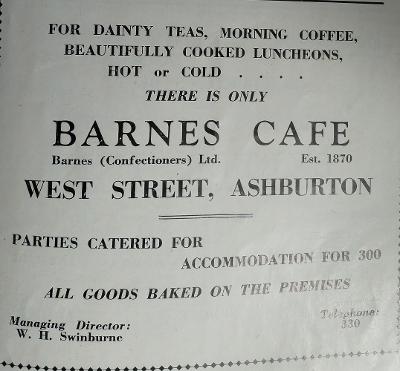
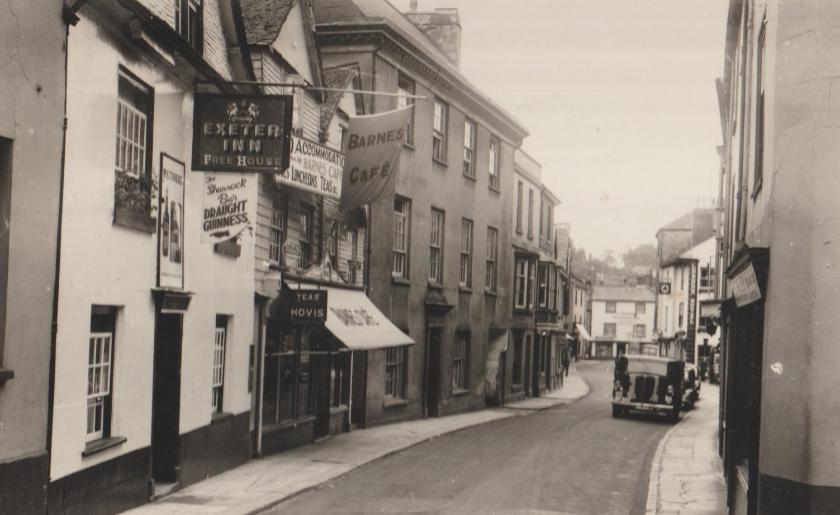
In 1923 Rendell and Sawdye offered No 33 North Street for sale. Occupied by Mrs Binmore, it comprised a house, shop and bakery.
Western Morning News 7 July 1923 p8 col5
When George
Henry Andrews died in January 1939 he was described as one of the oldest
tradesmen in the town. Aged 75, he had been a baker and confectioner up
until three years before he died.
Western Morning News 30 January 1939 p3 col3
Charles W Harding was a baker and confectioner in the 1939 register; he was also a private in the St John Ambulance. Charles was living with his wife Frances G at 5 Ladwell Square.
1939 register, available from https://www.findmypast.co.uk
1939 The death
was announced of John Henry Day, who had been a baker and confectioner
at 9, East Street, for the previous four years. He had taken over the
business from the late G. H. Andrews.
Western Times 6 October 1939 p8 col1
H J Parnell, High class baker and confectioner. East Street. Phone 365.
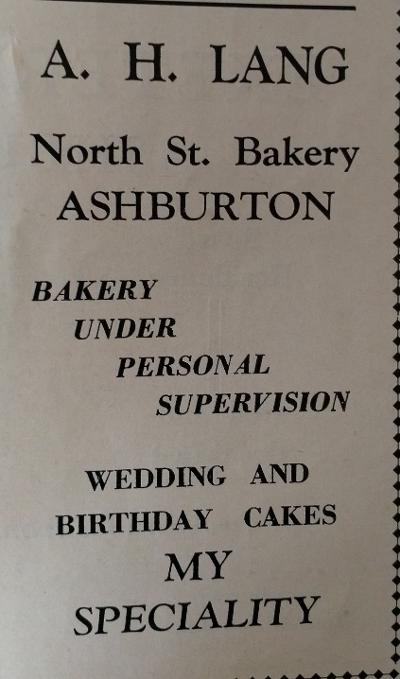
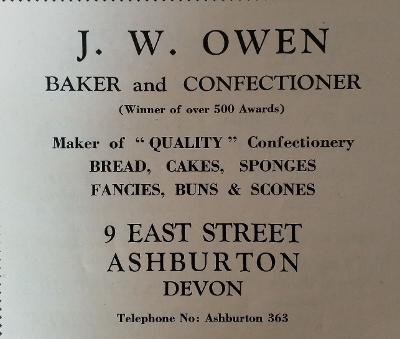
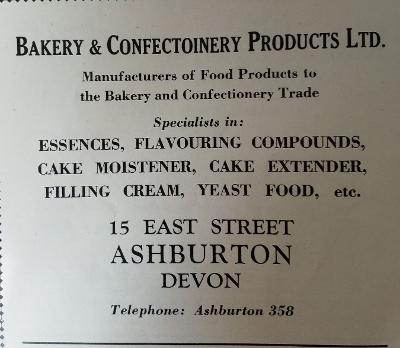
Ashburton Official Guide, The Come-To-Devon Association, undated but after 1947
A H Lang, baker, 33 North St
Bakery & Confectionery Products Ltd., Ernest Owen, 9 and 57 East St
Ashburton Urban District Council, undated, but between 1952 and 1960